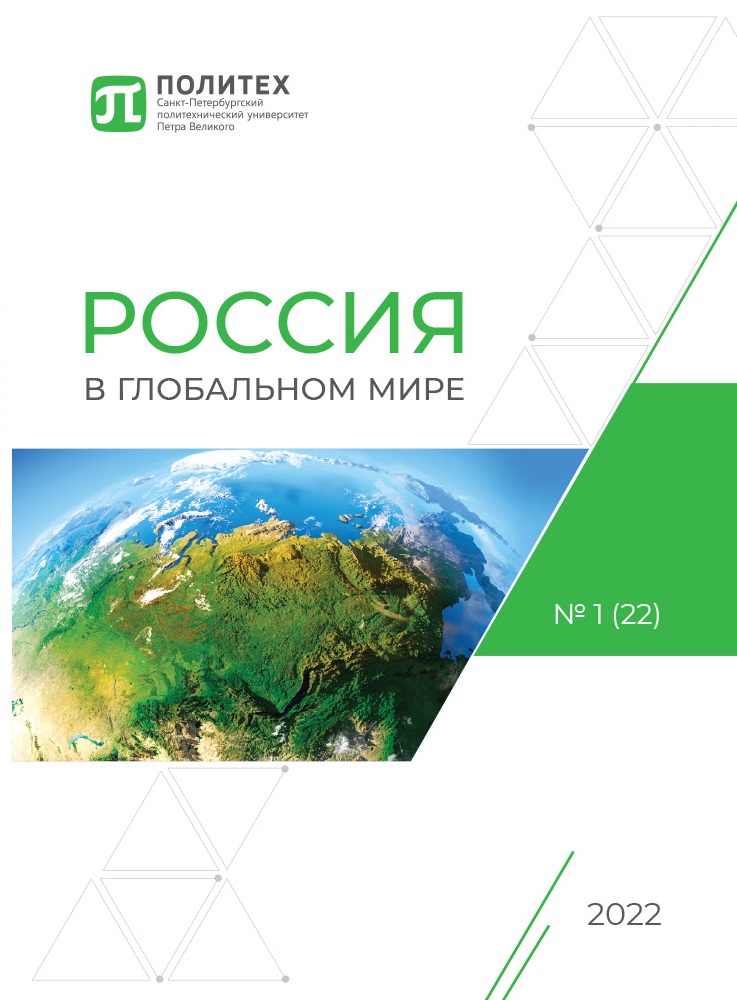The phenomenon of "color revolutions" on the example of Hong Kong
The modern world has entered the era of globalization, but it should be noted that the more the world merges into one big coalition, the more differences and discrepancies in various legislative acts are visible. In order to compensate for legal loopholes in the absence of agreements on the "extradition of fugitive criminals" between Hong Kong and mainland China, Macau and Taiwan, in February 2019, the Government of the Hong Kong Special Administrative Region proposed amendments to the Fugitive Criminals Ordinance. This step subsequently caused a great discussion in Hong Kong society and gave rise to a number of social opposition movements, which were analyzed in the context of the "color revolutions". As a result, the movement against the amendment turned into a social revolt, which hit the socio-political essence of the state concept of "One country, two systems" by the conspiracy of anti-communist and anti-Chinese forces in Hong Kong and beyond. The incident with the amendments eventually resulted in rallies and protests, the root cause of which is the unresolved two main contradictions in Hong Kong society: the first one is the contradiction of ideological confrontation in the sense of "one country, two systems", and the second one is connected with the inequality of social distribution between the rich and the poor, which exacerbated the conflict. The article examines the prerequisites of the conflict, the development of protests from the technical side and the ways of their regulation by the Chinese government, which occurred in the Hong Kong Special Administrative Region in 2019–2020. Special attention is paid to the distinctive features of the protests. The purpose of this article is to analyze and characterize the events in Hong Kong in 2019–2020. The tasks of this article are to define the concept of "color revolution», to reveal its difference from spontaneous movements and to discuss the reasons of the revolution. The author analyzed the events and discussed them in the context of the established social order. The methods of comparative and retrospective analysis were used in the study. In the study, the author comes to the conclusion that the events in Hong Kong are an attempt to change power using the technologies of the "color revolution". This conclusion is confirmed by the following factors: support by foreign media, street politics, demands for the resignation of the legitimate government, pro-democratic slogans of the protesters. In the context of the concept of "One country, two systems", China needs to make attempts to form more flexible legal acts regulating relations between Hong Kong and mainland China, preventing the risks of its national security. The significance of the study lies in the generalization of existing knowledge about the "color revolutions" and the formation of an incentive to continue the search for common characteristics of such protests.


